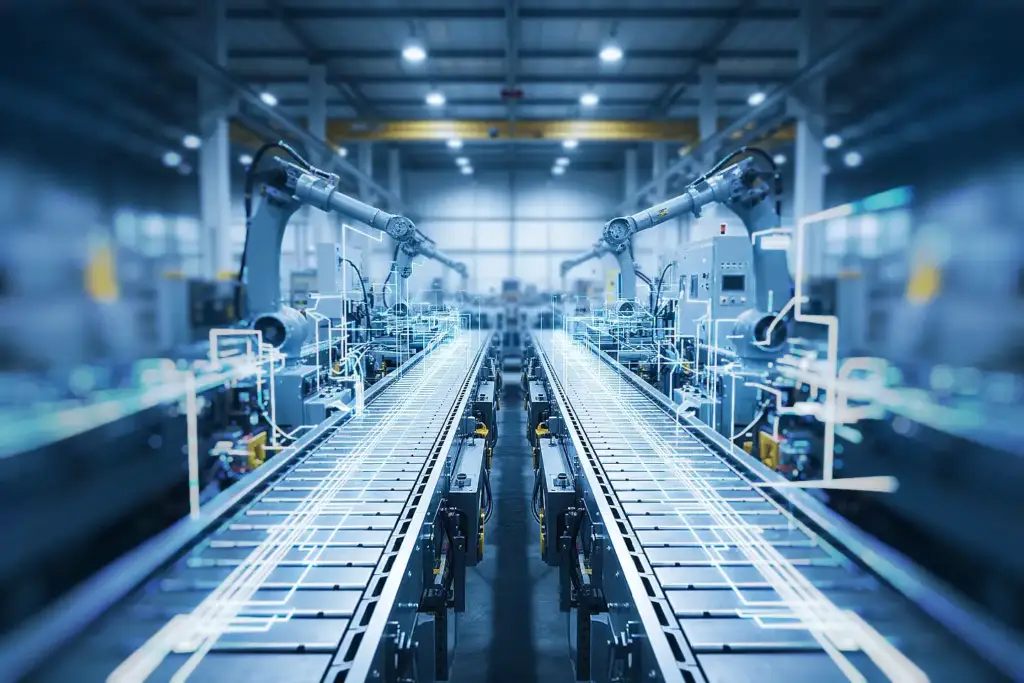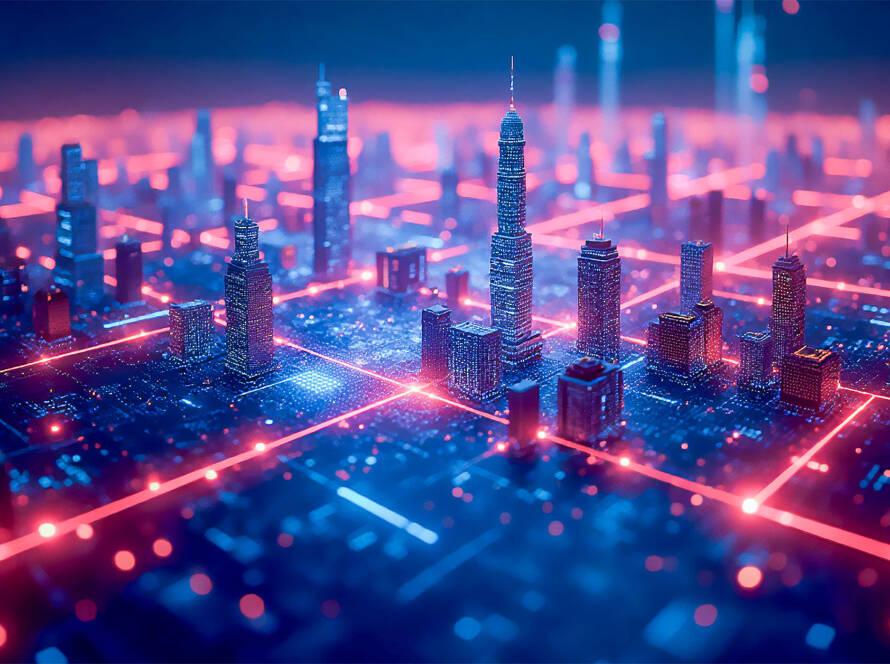As the manufacturing sector navigates the complexities of the Fourth Industrial Revolution, Industry 4.0 and the Internet of Things (IoT) emerge as pivotal forces reshaping operations, innovation, and value creation. This transformative era marks a shift from traditional linear production models to highly interconnected, adaptive, and data-driven ecosystems.
What is Industry 4.0?
Industry 4.0, also known as the Fourth Industrial Revolution, represents the digital transformation of manufacturing and industrial processes. It integrates cyber-physical systems, the Internet of Things (IoT), cloud computing, artificial intelligence, and big data analytics to create smart factories. These factories feature interconnected machines, systems, and humans communicating seamlessly in real time, enabling self-optimising production, autonomous decision-making, and enhanced customisation. Industry 4.0 not only revolutionises individual production steps but fosters a holistic, adaptive ecosystem that drives efficiency, agility, and innovation across the entire value chain.
The Integral Role of IoT within Industry 4.0 Architectures
IoT functions as the connective tissue for Industry 4.0, linking disparate devices, machines, and systems via intelligent sensors and communication protocols. These hyperconnected nodes facilitate granular visibility into asset health, production flow, and environmental variables — feeding into advanced analytics platforms that underpin predictive maintenance, quality assurance, and supply chain synchronisation.
Strategic Benefits Empowering Competitive Advantage
- Operational Resilience and Agility: Real-time monitoring and adaptive control mechanisms minimise downtime and rapidly respond to fluctuations, ensuring continuity in volatile markets.
- Data-Driven Product Innovation: Leveraging sensor-driven insights enables personalised manufacturing ranging from batch customisation to on-demand production.
- Sustainability and Resource Efficiency: IoT-enabled energy management coupled with smarter inventory reduces waste and carbon footprint.
- Augmented Workforce Collaboration: Collaborative robots (cobots) and AI tools enhance operator safety, skill augmentation, and productivity.
- End-to-End Supply Chain Visibility: Transparent data flows enable proactive risk management, demand forecasting, and dynamic logistics.

Overcoming Challenges: Integration and Security in the Industry 4.0 Landscape
The path to Industry 4.0 transformation demands overcoming technological silos, ensuring interoperability with legacy systems, and addressing cybersecurity risks inherent in expansive IoT deployments. Organisations must also invest in workforce upskilling and cultivate a culture receptive to digital innovation and continuous change.
Emerging Trends and Future Outlook
Industry 4.0’s trajectory is poised for acceleration through convergence with emerging technologies such as 5G networks, edge computing, digital twins, and AI-driven autonomous systems. These advancements promise unprecedented levels of operational intelligence, end-to-end automation, and human-machine symbiosis, setting the foundation for truly resilient and intelligent manufacturing ecosystems.
How Howood International Drives Industry 4.0 Innovation
At Howood International, we specialise in delivering tailored Industry 4.0 and IoT solutions that empower manufacturers to embrace digital transformation confidently. Our expertise in integrating advanced connectivity, data analytics, and automation technologies ensures scalable, secure, and future-ready operations that maximise efficiency and competitive advantage.


